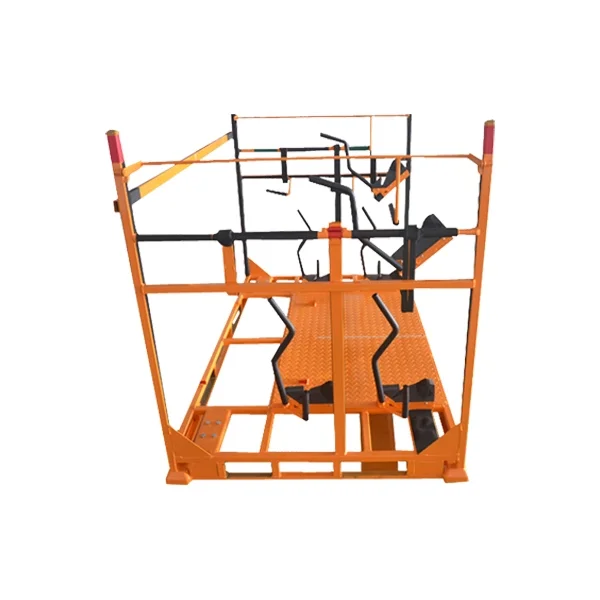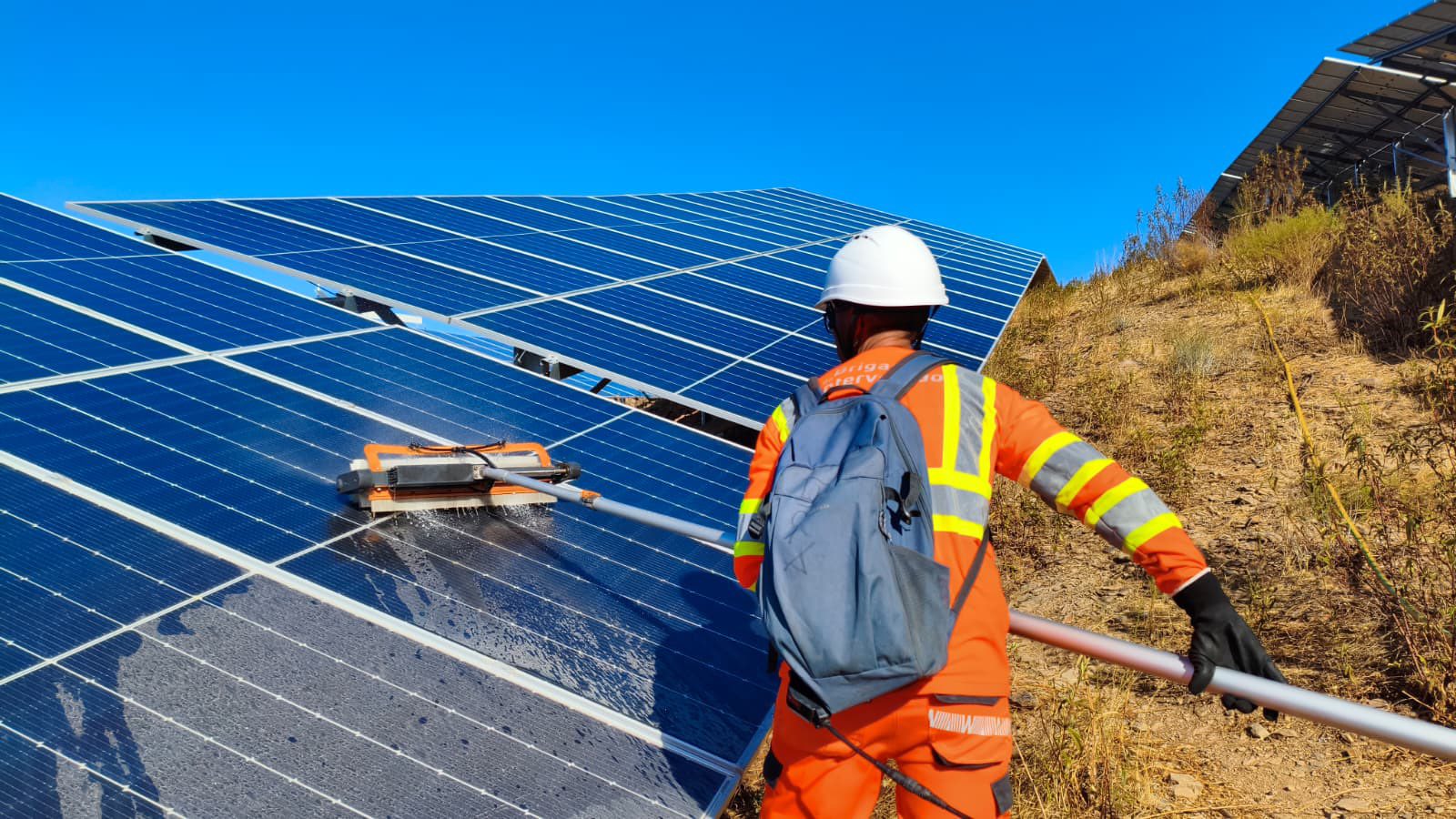When it comes to photography, lighting is often the unsung hero that can make or break your shot. For beginners stepping into the world of indoor photography, understanding the nuances of lighting can significantly enhance the quality of your images. This guide will delve into the best lighting options for indoor photography, providing practical tips and insights that cater to both novice photographers and those looking to refine their skills.
Understanding the Importance of Lighting in Photography
Before diving into specific lighting setups, it’s essential to grasp why lighting is crucial in photography. Light affects not only the exposure of your images but also the mood, texture, and overall aesthetic. The right lighting can transform a mundane scene into a captivating visual narrative. For beginners, mastering indoor lighting can lead to more professional-looking photographs, whether you’re shooting portraits, still life, or product photography.
Natural Light: The Beginner’s Best Friend
One of the most accessible and effective lighting sources for indoor photography is natural light. Here’s how to make the most of it:
- Window Light: Position your subject near a window to take advantage of soft, diffused light. The golden hours—early morning and late afternoon—offer the best natural light, casting a warm glow that enhances skin tones and textures.
- Reflectors: To manipulate natural light, consider using reflectors. A simple white poster board or a professional reflector can bounce light back onto your subject, reducing harsh shadows and creating a more balanced exposure.
- Diffusion: If the sunlight is too harsh, use sheer curtains or diffusion panels to soften the light. This technique helps create a more flattering and even illumination.
Artificial Lighting: Expanding Your Creative Horizons
While natural light is fantastic, it’s not always available or reliable. Understanding artificial lighting options can elevate your indoor photography:
- Continuous Lighting: Continuous lights, such as LED panels or softboxes, provide a constant light source, allowing you to see how the light affects your subject in real-time. This is particularly beneficial for beginners who are still learning about exposure settings.
- Speedlights and Flash: On-camera flashes or external speedlights can be used to add light to your scenes. Experimenting with off-camera flash techniques can create dynamic lighting effects, such as dramatic shadows or highlights.
- Light Modifiers: Using softboxes, umbrellas, or diffusers with your artificial lights can help soften the light and reduce harsh shadows. This is especially important for portrait photography, where flattering light is key.
The Color Temperature Factor
Understanding color temperature is vital for achieving accurate colors in your photographs. Indoor lighting can vary significantly in color temperature, which is measured in Kelvin (K):
- Tungsten Light: Common in household bulbs, tungsten light has a warm color temperature (around 3200K) that can create a cozy atmosphere but may require white balance adjustments in your camera settings.
- Fluorescent Light: Often found in office settings, fluorescent lights can produce a cooler, greenish hue (around 4000K-5000K). Using a white balance preset or adjusting in post-processing can help mitigate this issue.
- LED Lights: These come in various color temperatures, making them versatile for indoor photography. Look for adjustable LED lights that allow you to change the color temperature to match your scene.
Practical Tips for Beginners
- Experiment with Angles: Don’t be afraid to move your light source around. Changing the angle can dramatically alter the mood and texture of your images.
- Use a Tripod: When shooting in low light conditions, a tripod can help stabilize your camera, allowing for longer exposure times without introducing blur.
- Practice White Balance: Always check your camera’s white balance settings. Shooting in RAW format allows for more flexibility in adjusting white balance during post-processing.
- Learn to See Light: Train your eye to recognize different lighting conditions and how they affect your subject. This skill will improve your ability to adapt and create stunning images, regardless of the lighting situation.
Conclusion
Mastering indoor lighting is a fundamental skill for any aspiring photographer. By understanding the characteristics of natural and artificial light, experimenting with different setups, and learning to manipulate light to your advantage, you can significantly enhance your indoor photography. Remember, practice is key. The more you experiment with lighting, the more confident you’ll become in your ability to create captivating images. So grab your camera, explore your indoor spaces, and let your creativity shine through the power of light!




